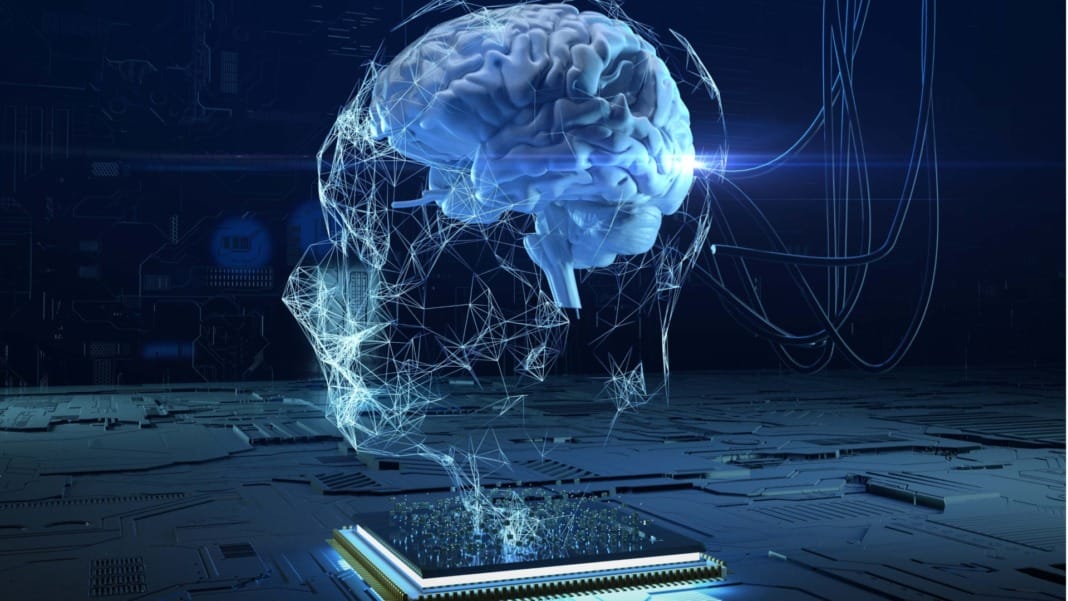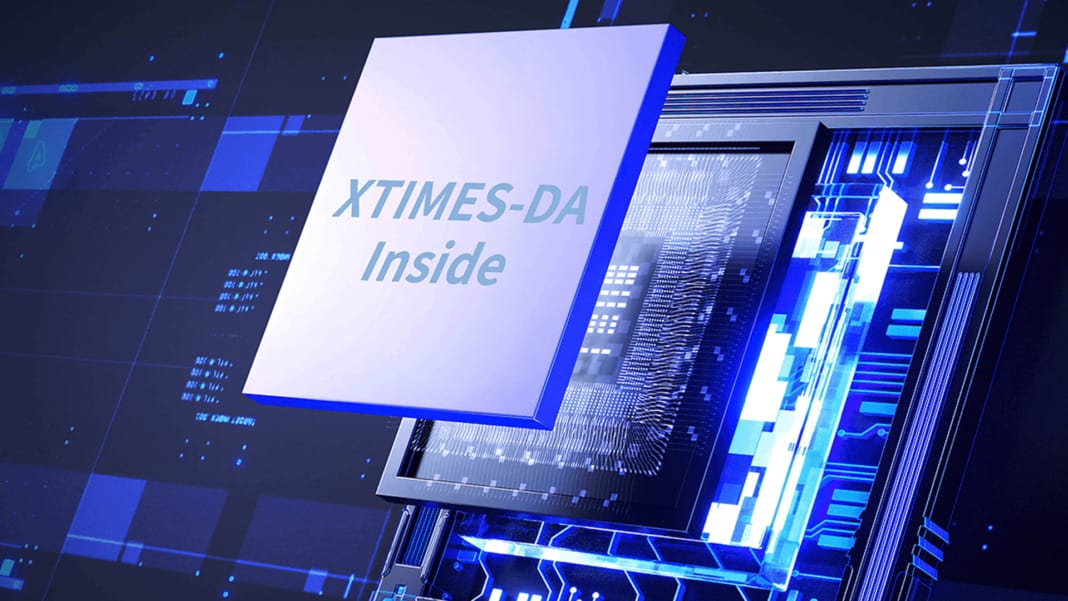Generative AI (Gen AI) has been a term since the 1960s, but it has only truly entered the mainstream in the past year. The benefits of Gen AI are becoming clear from business to personal lives.
Gen AI’s impact on daily life
IDC predicts that by 2026, 85% of the connected population in EMEA will benefit from Gen AI daily, enhancing physical and mental well-being. This prediction is based on the rapid advancements in AI technologies, the increasing availability of AI-powered products and services, and the growing acceptance and adoption of AI in various industries. However, Gen AI must be adopted correctly to maximise business investment and ensure a positive experience.
With its ability to automate tasks faster, speed up process discovery and development, and help users create processes and automation with ease, Gen AI holds immense transformative potential. It simplifies data access and analysis, thereby facilitating better decision-making. Integrating complex and nuanced use cases into existing processes can reduce automation complexity with minimal disruption, paving the way for a more efficient and productive future.
However, successful Gen AI adoption requires more than just technological capabilities. It requires robust data governance, security, and accountability. Businesses must prioritise trust and transparency from the start. This is where intelligent automation (IA) combined with Gen AI creates a winning formula. By ensuring that data is used ethically and responsibly, businesses can build trust with their customers and stakeholders, and pave the way for the widespread adoption of these technologies.
Automating responsibly
Gen AI must be accountable and auditable. It needs clear instructions and boundaries on the information it can access. Combining Gen AI with IA enhances data governance, ensuring data accuracy, security, and accountability throughout its lifecycle.
Wrapping Gen AI with IA gives businesses better control over data and automated workflows, managing data processing, security, and storage effectively. This ‘process wrapper’ concept refers to the integration of Gen AI and IA into existing business processes. It enables responsible and effective Gen AI deployment by providing a layer of control and transparency over the data and processes involved.
Immediate adoption and transparency of Gen AI are crucial as innovation accelerates. Over the past year, significant advancements in language learning models (LLMs) and Gen AI have simplified automation for complex processes. IDC reports that large enterprises now rely on AI-infused processes to improve asset efficiency, streamline supply chains, and enhance customer satisfaction.
Five years ago, AI tools and models were limited, but now, off-the-shelf learning models and applications requiring minimal skills are readily available. The main barrier to Gen AI adoption is data quality.
With 80% of tech leaders planning to adopt Gen AI within three years (Gartner), organisations across all sectors are eager to integrate these new technologies. Ensuring data security and compliance is paramount.
Future-proofing Gen AI investment
Whether you are a manufacturing giant or a global financial institution, summarising vast amounts of unstructured data is challenging. Forrester’s AI Pulse Survey highlights that measurement becomes unpredictable as Gen AI pressures systems, complicating insight delivery.
While Gen AI’s potential is vast, it’s important to acknowledge the challenges it presents. Managing security, privacy, and consent can add complexity. Machine learning’s random nature requires live data sets for measurement and monitoring. The lack of a standard linking Gen AI models to source data increases uncertainty and risk, posing the biggest barrier to B2B adoption of Gen AI. By being aware of these challenges, the audience can better prepare for the adoption of Gen AI.
Before implementing new automation technology, businesses must establish unique use cases and conduct risk management assessments to prevent noncompliance, data breaches, and other issues.
Gen AI can transform business processes with proper guardrails via a process wrapper like IA to control data input, output, and training models. Combining Gen AI with IA ensures secure data management and transparency.
As vendors offer more Gen AI solutions, businesses must sift through the hype to find real value. Cloud, data, AI, and automation software will continue to innovate and overlap, creating unique applications. The synergy of IA and Gen AI enhances data governance, accuracy, security, and accountability.
By investing in these technologies and a digital workforce, organisations can future-proof their data management, make informed decisions, and maintain trust and transparency in operations by using IA as the process wrapper. To start this journey, businesses can identify their unique use cases for Gen AI and IA, conduct risk management assessments, and establish robust data governance and security measures. This will ensure that they are well-prepared for the responsible adoption of these technologies.





